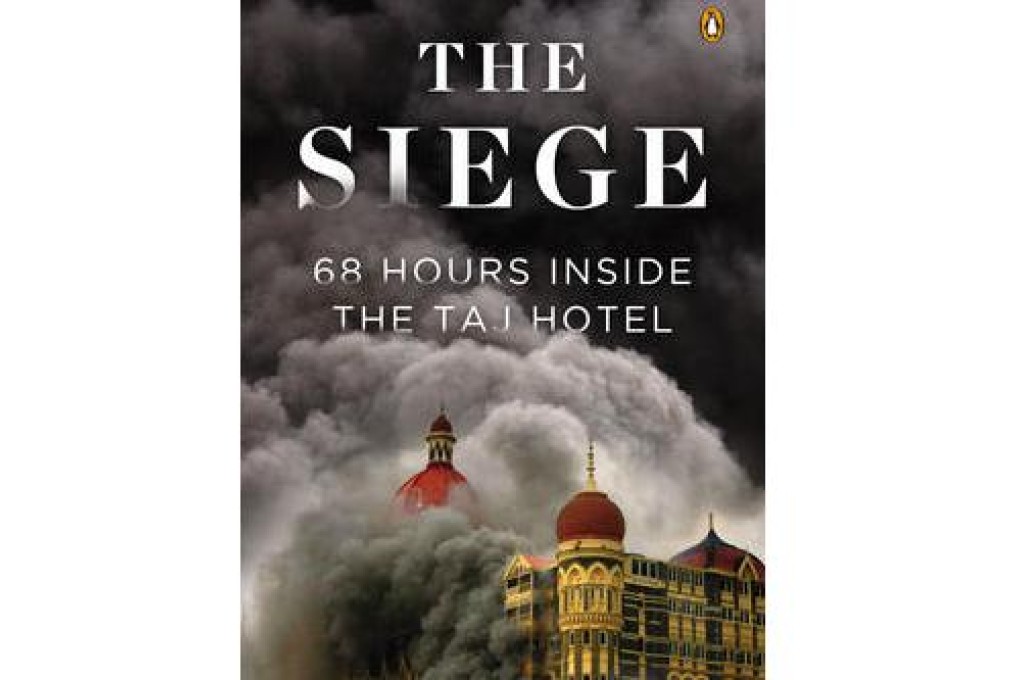Book review: The Siege, by Cathy Scott-Clark and Adrian Levy
On the evening of November 26, 2008, heavily armed Pakistani terrorists raced to infiltrate the five-star Taj Mahal Palace Hotel and other tourist sites in Mumbai in a spectacular co-ordinated attack.

by Cathy Scott-Clark and Adrian Levy
Penguin
4 stars
Dwight Garner
On the evening of November 26, 2008, heavily armed Pakistani terrorists raced to infiltrate the five-star Taj Mahal Palace Hotel and other tourist sites in Mumbai in a spectacular co-ordinated attack.
The Siege is a propulsive and well-reported book that offers an intense tick-tock account - the fullest we have had - of the attack on the Taj, in which 33 people were killed, scores were injured, and the hotel set ablaze. Throughout Mumbai, more than 160 people were to die in the two-day assault, and more than 300 were injured.
Very poor young men carried out these attacks, spurred to jihad by the Pakistan-based militant group Lashkar-e-Taiba. "These were landlocked boys," British journalists Cathy Scott-Clark and Adrian Levy write, "from impoverished rural communities, who knew only about chickens and goats". In death, they were promised eternal glory: "Your faces will glow like the moon. Your bodies will emanate scent, and you will go to paradise."
Once on the ground in Mumbai (they arrived by trawler, having killed its crew), the young men were puppets of a control team back in Pakistan. Their handlers had mobile phones, computers, television monitors and detailed maps. Scott-Clark and Levy show how technology and terror mingled during this horror show: Google Earth and a Garmin GPS were used to plan the strikes on Mumbai. Inside the Taj, the frightened guests called, texted and tweeted throughout the attack, often providing their assailants with deadly real-time information.
This story of the taking of the hotel, based on hundreds of interviews, spreads out. The historic hotel, which opened in 1903, was filled with 600 guests and 1,600 employees, and we meet several dozen of them. Among the central characters: the hotel's general manager, whose wife and sons are trapped in an upstairs room; a young Western couple; an Indian police officer; and a US double agent who helped plan the attacks.